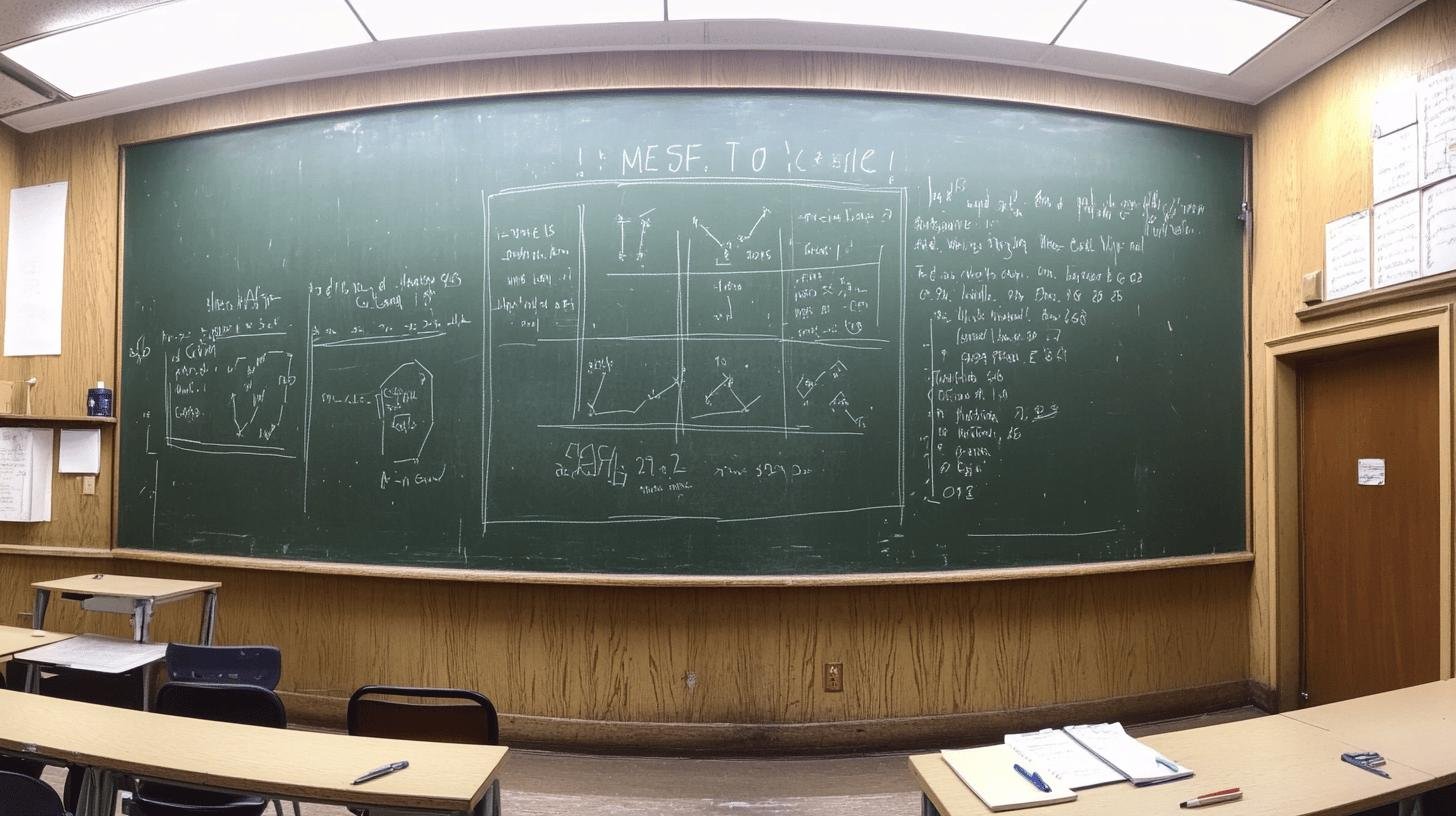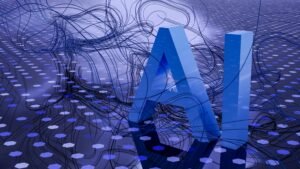Ever wondered how businesses seem to predict what you need before you even start typing in that search bar? No, it’s not magic—it’s data analytics algorithms working behind the scenes! These algorithms crunch through mountains of data to pull out the nuggets of wisdom companies use daily. Imagine turning a pile of random puzzle pieces into a clear picture—that’s what these algorithms do for data. Ready to see how they transform raw data into actionable insights? Let’s see how this technology fundamentally changes our world!
Understanding Data Analytics Algorithms
An algorithm is like a recipe. It’s a set of instructions you follow step by step to get something done. In computers, algorithms handle specific tasks. They’re not the entire program but solve a specific problem or perform a function.
Data analytics algorithms act like detectives. They sift through loads of data to find patterns and useful information. Picture having a massive pile of LEGO bricks and needing to build a castle. A data analytics algorithm helps you find the right pieces and figure out how to assemble them.
These algorithms play crucial roles in various tasks. They help classify data into categories, predict future trends, group similar data points, and even spot unusual patterns that might indicate something is amiss.
5 Main Tasks of Data Analytics Algorithms
- Classification: Sorting data into categories.
- Regression: Predicting future values.
- Clustering: Grouping similar data points.
- Anomaly Detection: Finding outliers or unusual data points.
- Dimensionality Reduction: Simplifying data without losing much information.
Types of Data Analytics Algorithms

Data analytics algorithms come in three main types: supervised, unsupervised, and semi-supervised learning. Each type serves different data tasks. Let’s break them down.
1. Supervised Learning Algorithms
Supervised learning is like learning with a teacher. You have labeled data, meaning you know the correct answers during training. Common algorithms include:
- Linear Regression: Predicts numerical values by drawing the best-fit line through data points.
- Decision Trees: Like flowcharts, they help make decisions by splitting data based on specific conditions.
2. Unsupervised Learning Algorithms
Unsupervised learning is like exploring without a map. The algorithm looks for patterns on its own because you don’t have labeled data. Examples include:
- K-means Clustering: Groups similar data points, like sorting a pile of mixed marbles by color.
- Principal Component Analysis (PCA): Reduces data complexity while retaining essential features.
3. Semi-Supervised Learning Algorithms
Semi-supervised learning combines both methods. It uses a small amount of labeled data and a large amount of unlabeled data. This method is useful when labeled data is scarce, like identifying spam emails with few examples of spam and many unclassified emails.
Choosing the right type helps with tasks like predicting future trends, grouping items, or finding hidden patterns.
How Data Analytics Algorithms Work
Supervised learning involves a teacher guiding you. The algorithm is trained on labeled data, meaning you know the correct answers beforehand. For example, to predict house prices, you’d train your model with data where prices are already known. The algorithm learns the relationship between features (like the number of bedrooms) and the outcome (the price).
Unsupervised learning is like exploring a new place without a map. Here, the algorithm works with unlabeled data, searching for patterns and relationships. A common use is clustering, where the algorithm groups similar data points together. Imagine sorting a box of mixed candies by flavor without knowing the flavors firsthand. The algorithm figures out the groups itself.
Semi-supervised learning uses both a small amount of labeled data and a large amount of unlabeled data. It helps the algorithm learn more efficiently when labeled data is scarce, like in medical imaging, where only a few images are labeled but many more are unlabeled.
6 Steps in the Algorithmic Process
- Data Collection: Gathering raw data from various sources.
- Preprocessing: Cleaning and organizing the data.
- Model Training: Feeding data into the algorithm to learn patterns.
- Validation: Checking the model’s accuracy with a separate dataset.
- Testing: Evaluating the model on new, unseen data.
- Deployment: Putting the model into action to make real-world predictions.
Applications of Data Analytics Algorithms

Data analytics algorithms help businesses make smarter decisions. In marketing and finance, these algorithms are invaluable. They use predictive analytics to segment customers into different groups, which tailors marketing campaigns to specific audiences, making them more effective. By predicting future sales trends, companies can better plan inventory and manage resources.
Risk management is another significant application. By analyzing historical data, companies can identify potential risks and take steps to mitigate them. In healthcare, predictive modeling aids in diagnosing diseases early and creating personalized treatment plans. Algorithms can examine a patient’s medical history to predict future health issues, allowing doctors to tailor treatments.
E-commerce platforms also benefit from these algorithms. Recommendation systems analyze past purchases and browsing history to suggest products. This not only enhances the shopping experience but also boosts sales.
Table of Applications by Industry
| Industry | Application |
|---|---|
| Marketing | Customer Segmentation |
| Finance | Sales Forecasting |
| Risk Management | Predicting Potential Risks |
| Healthcare | Patient Diagnosis |
| E-commerce | Recommendation Systems |
Tools and Software for Implementing Data Analytics Algorithms
Python is essential in data analytics, especially for machine learning. It’s like the Swiss Army knife of programming languages. With libraries like Scikit-learn and TensorFlow, you can build, train, and deploy machine learning models easily. Scikit-learn is excellent for beginners, covering basics like regression and classification. TensorFlow is more advanced and perfect for deep learning projects.
Other fantastic tools make data analytics more accessible. RapidMiner and KNIME offer user-friendly, drag-and-drop interfaces, suitable for those who aren’t coding experts but still want to explore data analytics.
5 Popular Tools for Data Analytics
- RapidMiner: Easy-to-use platform for data prep, machine learning, and model deployment.
- KNIME: Drag-and-drop interface for building and deploying models.
- Scikit-learn: Python library for basic machine learning tasks.
- TensorFlow: Advanced Python library for deep learning.
- Tableau: Great for data visualization and creating interactive dashboards.
Conclusion
Data analytics algorithms break down huge data sets into useful patterns. They help with tasks like classification, regression, and anomaly detection.
Knowing the types of algorithms—from supervised to unsupervised—gives a better grip on data insights. Understanding their working methods shows how they shape the data-driven world.
With tools like Python and Scikit-learn, diving into data analysis is easier than ever.
Embrace the power of data analytics algorithms and unlock new perspectives in your data journey!
FAQ
What are data analytics algorithms?
Data analytics algorithms are a set of instructions that analyze data to find patterns and insights. They help in tasks like classification, regression, clustering, and anomaly detection.
What are the 4 main types of data analytics?
The four main types of data analytics are descriptive, diagnostic, predictive, and prescriptive.
What are the 5 levels of data analytics?
The five levels are descriptive analytics, diagnostic analytics, predictive analytics, prescriptive analytics, and cognitive analytics.
What are the 5 phases of data analytics?
The five phases are data collection, data cleaning, data exploration, data modeling, and data interpretation.




